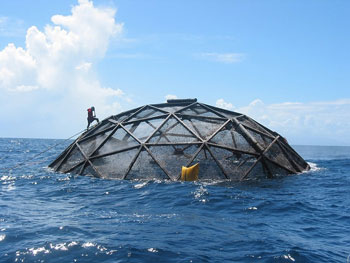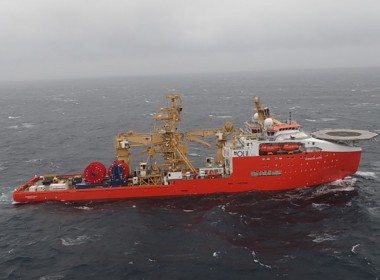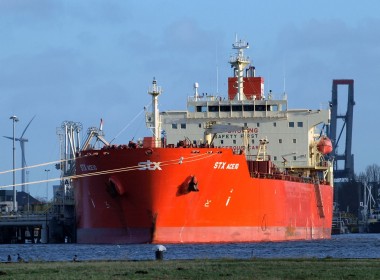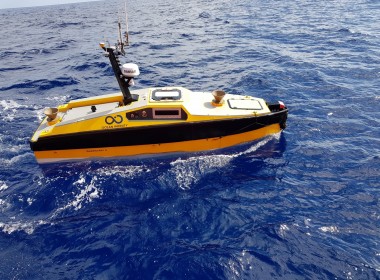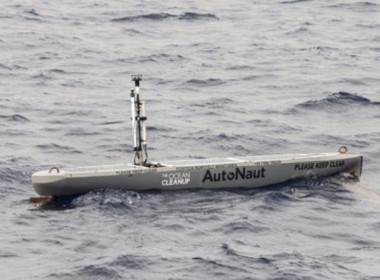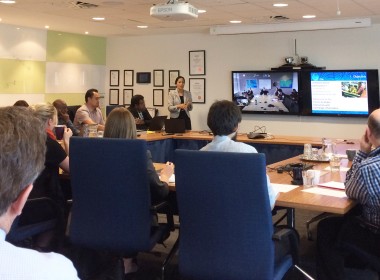Ocean acidification could affect Pacific cod development, NOAA study finds
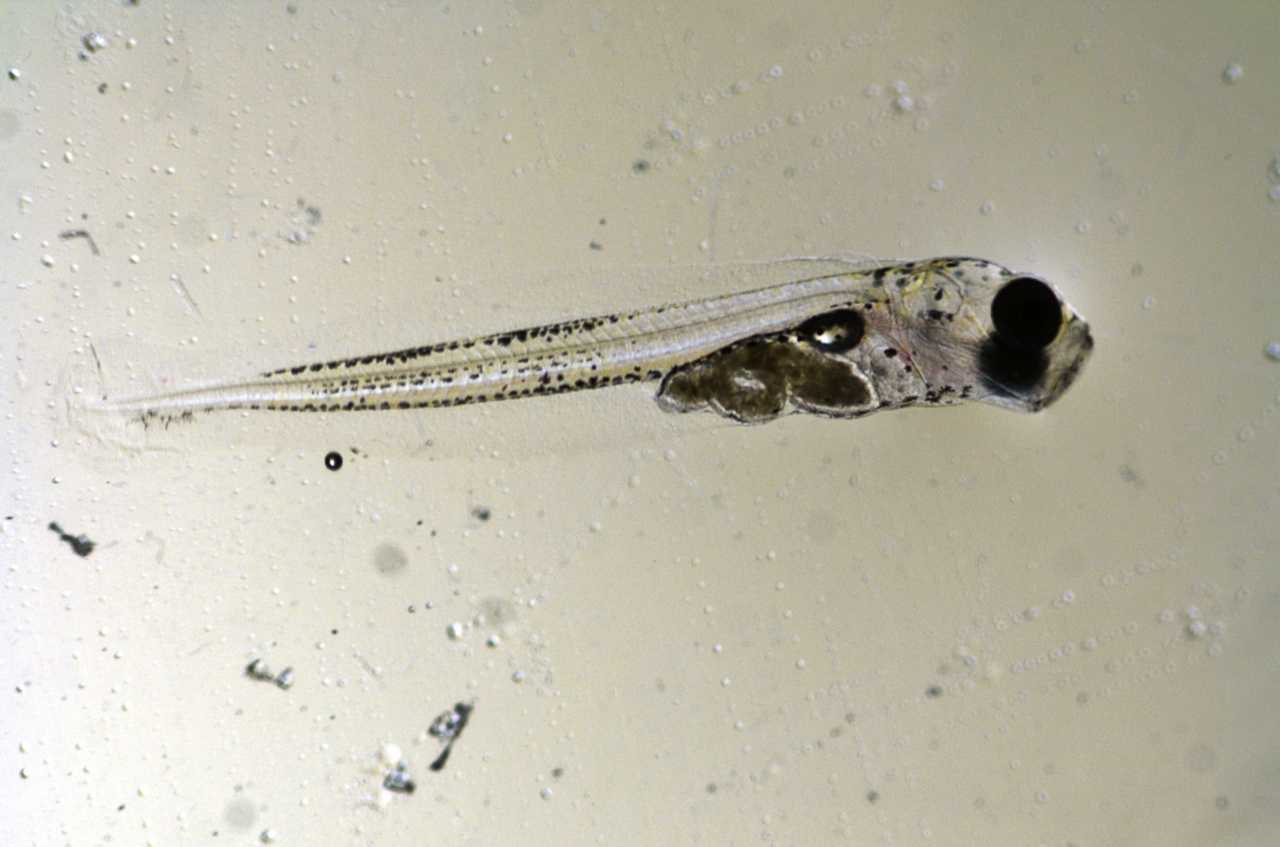
Scientists from the National Oceanic and Atmospheric Administration (NOAA) have released results of a study showing that larval Pacific cod response to elevated carbon dioxide (CO₂) levels varies depending on its stage of development.
In laboratory experiments, NOAA Fisheries scientists and partners specifically examined larval cod behaviour, growth, and lipid composition (the fats needed for storing energy and building muscles).
As excess CO₂ from the atmosphere dissolves in the ocean, pH is lowered and the ocean increases in acidity, in a process called ocean acidification.
NOAA Fisheries scientist Tom Hurst and a team of scientists from the Alaska Fisheries Science Center and Oregon State University conducted two laboratory studies to evaluate larval fish sensitivity to elevated CO₂.
Behavioural study
In the ocean, light plays an important role in directing the movement of fish and enabling feeding. The behavioural study showed that when exposed to elevated levels of CO₂, four- to five-week-old cod larvae moved more quickly to areas of higher light levels than those raised at CO₂ levels currently present in Alaska seawater.
While such changes in response to light have been seen in several other fishes exposed to high CO₂, scientists are just starting to explore the consequences of these behavioural shifts.
Growth and energy study
In the second study, scientists looked at larval fish growth rates when exposed to elevated CO₂ and fed two different diets, one of which was more lipid-rich (nutritious).
Scientists measured fish at two weeks and five weeks old. Regardless of the diet, two-week-old larvae reared at elevated CO₂ levels were smaller than larvae reared at current CO₂ levels.
Interestingly, by five weeks of age, the CO₂-exposed fish seemed to have recovered from their slow start.
According to Hurst, the observed difference in growth rates at two weeks vs five weeks are most likely due to the changing physiology of larvae as they develop. However, it is possible that by the time they reach five weeks old, cod larvae are able to acclimate to the effects of elevated CO₂.
The scientists also suggest that the fast growth of older larvae may be facilitated by behaviour changes that stimulate more aggressive feeding.
Ongoing ocean acidification research
This research is part of a larger effort by the NOAA to understand the potential consequences of ocean acidification on Alaskan fisheries and the communities that rely on marine resources for nutrition and their economy.
Hurst plans to work with partners at Oregon State University to take what he has learned from these studies and other ongoing research to develop computer models to better predict how ocean acidification may affect Pacific cod and pollock larval survival, recruitment (growth to maturity), and adult fish populations in the Bering Sea over different time scales or 20 to 100 years from now.


